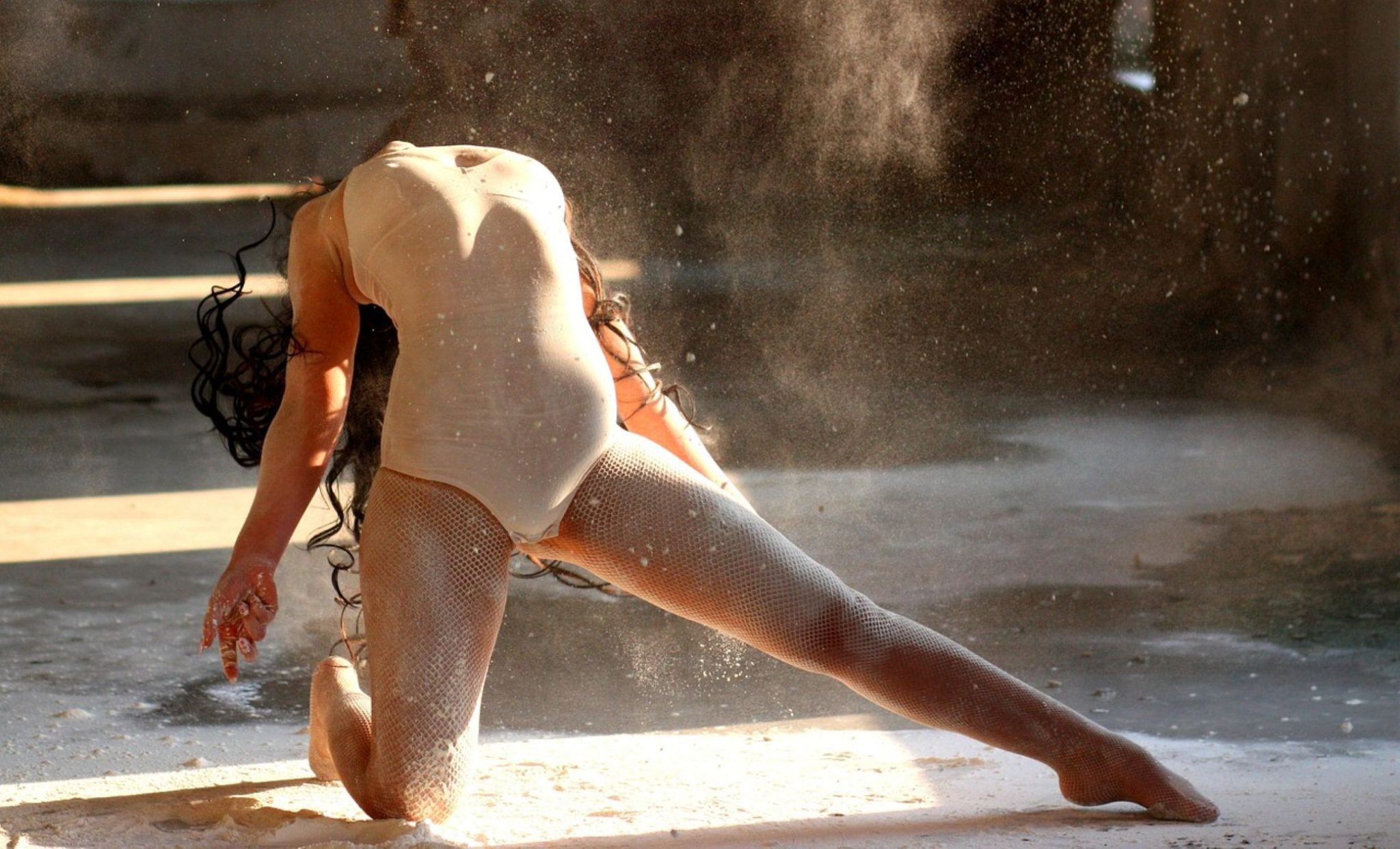Squirting: What It Is, Who Can Do It & How to Try It

Vanessa Tarfon
1 Nov 2025 – 3 min read

Squirting has become a thing in recent years. We’re seeing it all over social media, it’s a staple in porn, and yes…there are even “squirt schools” now. With all the hype, it’s no wonder people are asking: “Should I be able to squirt and how do I do it?”
Let’s talk about it, minus the pressure!
Is Everyone Supposed to Squirt?
Here’s the truth: not everyone can squirt, and even if you can, it’s not guaranteed to happen every time. Some people discover it accidentally, others spend ages trying to figure it out. And some never do and that’s perfectly okay.
One study found that around 40% of women had squirted at least once, and two-thirds said it happened unintentionally the first time. Most people who squirt don’t do it regularly, and only a small percentage say they always orgasm and squirt together. Because yes it doesn’t always happen simultaneously! A Swedish study found similar patterns: 58% had experienced squirting or female ejaculation, but only 7% got it consistently, and about 52% only occasionally. In other words, it’s not as common or predictable as the internet and novels makes it seem.
So… What Is Squirting?
This is where things get a little murky. Squirting is often lumped together with female ejaculation, but they’re not exactly the same thing.
There are actually a few different types of fluid release:
- Coital incontinence – Basically, urine leakage during sex. It’s thin, clear, and happens when pressure builds on the bladder.
- Female ejaculation – A thicker, milky-white fluid that comes from the Skene’s glands (often referred to as the female prostate).
- Vaginal lubrication – Natural arousal wetness that can sometimes be mistaken for squirting.
- Squirting – Usually a mix of urine and a bit of Skene’s gland fluid, released through the urethra.
Most research suggests squirting is mostly urine, often with small traces of Skene’s fluid. That doesn’t make it dirty or wrong, it’s just biology doing what it does under pressure (literally).
Does Squirting Mean a Better Orgasm?
Not necessarily. While some people describe squirting as incredibly pleasurable, others say it feels like a release without much orgasmic intensity. Only about 20% of people who squirt said it always happened with orgasm.
So, no squirting isn’t the gold standard of orgasms. Your best orgasm might come from clitoral stimulation, deep penetration, toys, edging, fantasies, or none of the above. Squirting might be part of your pleasure, or it might not show up at all.
Why Does It Happen?
Thanks to researchers like Dr. Helen O’Connell (yep, the same one who mapped the full clitoris), we now know there are clitoral cells around the urethral opening and Skene’s glands. That’s why stimulation in these areas, especially the G-spot and around the urethral opening, can sometimes trigger a squirting response.
It’s not magic. It’s anatomy. And it varies from body to body.
Are There Any Risks with Squirting?
Generally, squirting is safe. But here are three things to keep in mind:
- Burning after sex – That could be a UTI. The bladder’s getting stimulated and possibly emptied during squirting, which might increase infection risk for some. If you’re prone to UTIs, make sure you pee after sex, stay hydrated, and speak to your doctor if symptoms show up.
- Pelvic floor awareness – If you squirt regularly and start noticing leaks or increased urgency when you need to pee, it could be a sign of a weakened pelvic floor. Your brain may be getting your signals mixed up. This becomes more common with age, so it’s worth checking in with a pelvic floor physio.
- Emotional context – Given how normalised (or fetishised) squirting has become in media and porn, first experiences can be confusing or distressing. Many people report guilt, shame, or worry about their partner’s reaction.
Want to Try Squirting? Here's How:
If you’re curious about it, here’s how to give your body the best chance:
- Plan and prep to maintain your high! Grab yourself a waterproof blanket to maintain your satiated state when you finish because you know you DON’T have to strip the bed! Use code: AUTHENTIC10 for 10% OFF the Banana Passion waterpoof blanket.
- Don’t empty your bladder before sex. You’ll need a bit of fluid in there.
- Insert a finger, penis, or toy and hook it toward your belly button – that’s your G-spot area. You’ll want to really stimulate this area which stimulates your clitoris internally and that clitoral tissue around the Skene’s glands.
- Stimulate your clitoris and the area around your urethral opening. This is a major pleasure zone and part of the clitoral network.
- Apply light pressure on your lower tummy during stimulation. This can help build the release by pushing gently down onto your bladder.
- Try edging. Build arousal, pause, then build again. When you finally let go, squirting may occur before, during, or after your orgasm.
You might feel a sudden pressure like you need to pee. That’s often your cue to let go mentally and physically.
Squirting is one of many ways your body can express pleasure. It’s not a requirement or a benchmark. If you never squirt in your life, you’re not missing out on “better” orgasms. And if you do squirt, great! Enjoy it.
The most important thing is that your pleasure is coming from exploration, curiosity, and consent, not pressure to perform or measure up.
So whether you’re squirting, gushing, spritzing, or just soaking the sheets with good old-fashioned arousal? You’re doing just fine.
Like this post? Share it with a friend or subscribe for more real, shame-free sex education. You deserve pleasure that makes sense.

Vanessa Tarfon
Sex Therapist, owner of Authentic Awareness
Related Posts
How best to introduce sex toys into your bedroom to boost sexual desire and arousal.
Discover the top 5 sex positions for mind-blowing pleasure. Enhance intimacy, safety, and excitement in your sex life with the ultimate guide for men and women.
Pelvic Organ Prolapse (POP) can be a debilitating condition affecting intimate relationships. What’s the best approach to sex with prolapse?



